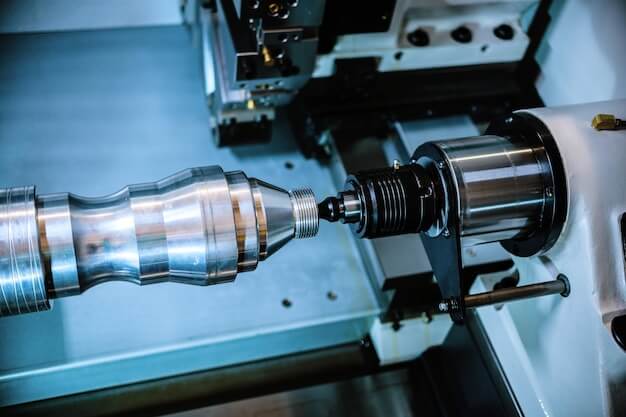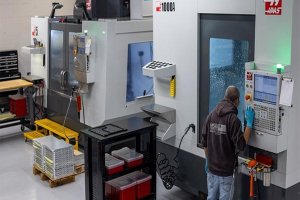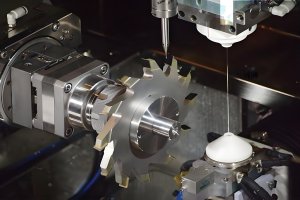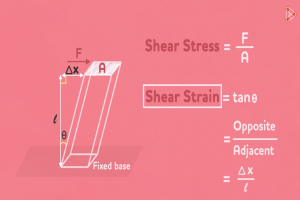Introduction to CNC Processing and Material Selection
CNC processing, a cornerstone of modern manufacturing, stands for Computer Numerical Control machining, a method where pre-programmed software commands the movement of factory tools and machinery. The selection of materials in CNC machining is critical; it not only influences the final product’s attributes but also affects the ease or difficulty of the manufacturing process itself. Diverse material properties such as hardness, tensile strength, and thermal conductivity can all drastically alter the machining parameters and tooling requirements. This analysis aims to shed light on these various challenges posed by different materials during CNC processing to optimize production efficiency and enhance output quality.
Factors Influencing Processing Difficulty in CNC Machining
The processing difficulty of materials in CNC machining is greatly affected by the material hardness, which significantly influences tool wear. Harder materials require more robust and often more expensive cutting tools to withstand the stress of machining without deteriorating too quickly. Ductility presents its own sets of challenges, as materials that are highly ductile can deform undesirably during the machining process, leading to inaccuracies and scrapped parts. The thermal properties of a material dictate how heat is conducted and dissipated during machining, affecting machine parameters such as cutting speed and feed rate; poor management of these factors can lead to thermal damage and compromised structural integrity of the product. Additionally, the chemical composition of a material can initiate issues like corrosion or stress-corrosion cracking, potentially undermining both the workpiece and the longevity of the cutting tools themselves.
Common Materials Used in CNC Processing
When dealing with CNC processing, various materials present their unique challenges. Aluminum is favored for its lightweight and malleability but requires attention during machining to prevent sticking or deformation. Steel variants pose a wide range of processing difficulties; for example, stainless steel necessitates precise speed control due to its hardness and potential for work hardening, compared to carbon steel which is generally more forgiving. Plastics introduce concerns related specifically to their thermal properties — thermoplastics can melt under high-speed operations, whereas thermosetting plastics, once set, may crack if incorrect tools are deployed. Titanium stands out as particularly complex: despite its strength-to-weight advantage, the material’s resistance to shearing forces means cutting and milling demand specialized tooling and careful heat management to avoid compromising both the component and tool life.
Advanced Materials Encountering New Challenges
The realm of CNC machining is being continuously pushed to new limits with the integration of advanced materials, each presenting unique processing dilemmas. Composite materials, lauded for their superior strength-to-weight ratios, pose a challenge due to their heterogeneous nature. This can result in uneven wear on cutting tools and unpredictable changes in material behavior during machining. Then there are superalloys, which are essential in applications demanding high-temperature resilience. These alloys tend to work-harden rapidly and require specialized tooling and process control to maintain precision without compromising the integrity of both product and equipment. Ceramics, despite offering commendable hardness and heat resistance, demand careful handling owing to their inherent brittleness. Ensuring successful precision machining necessitates not only special cutting tools but also very specific operating conditions to prevent cracking or shattering the workpiece. Each of these materials requires an intimate understanding of its properties and tailored approaches in CNC processes to efficiently produce components with the desired specifications.
Role of CNC advancements in handling difficult materials
Modern CNC technology has significantly advanced to address processing difficulties associated with complex materials. Innovations such as high-pressure coolant systems and multi-axis machining centers enable precise control over cutting conditions, thus mitigating the challenges posed by tough-to-machine substances like titanium alloys and Inconel. These technological advancements allow for enhanced material removal rates while minimizing tool wear and thermal distortion during machining.
Software improvements for predictive modeling
The integration of sophisticated software tools in CNC manufacturing plays a crucial role in preempting complications when working with challenging materials. Predictive modeling software harnesses algorithms that simulate the machining process, predicting forces, stresses, and potential errors before actual cutting occurs. This foresight aids manufacturers in optimizing processes and selecting the best machining strategies to avoid costly mistakes and improve overall efficiency.
Tooling innovations designed for complex materials
Tooling innovation is essential in overcoming the intricacies of machining complex materials. Manufacturers have developed specialized cutting tools with coatings like diamond-like carbon or polycrystalline diamond, which increase durability and reduce friction. These state-of-the-art tools are designed to handle the stress of hard-to-cut materials, providing cleaner finishes and longer tool life, testament to how ongoing advancements in tooling directly contribute to resolving processing difficulties in CNC machining.
Practical Considerations for Efficient CNC Machining
In the realm of CNC machining, selecting the appropriate material is often a complex cost-benefit analysis that involves balancing the end-use requirements with processing challenges. Materials like titanium or Inconel are known for their durability and heat resistance but pose significant barriers in terms of tool wear and machining time, potentially increasing costs. Adapting workflows by incorporating techniques such as peck drilling or vibration-assisted machining can mitigate these issues, enhancing efficiency when handling tough materials. Moreover, extending tool life becomes crucial during such operations; this can be achieved through strategies like optimizing cutting parameters and leveraging coated tools designed for high wear resistance. For example, the use of polycrystalline diamond (PCD) tipped drills may represent an upfront investment but can drastically reduce the frequency of tool changes when working with abrasive composite materials.
Successful Machining of a Hard-to-Process Steel Component
The machining of hard-to-process steel requires precision and consideration of tool wear, cutting speed, and cooling mechanisms. In one instance, the successful CNC processing of an alloy steel component used in aerospace applications was achieved by optimizing the tool path to minimize unnecessary movements. By incorporating multi-axis machines with customized carbide tools designed for high toughness and thermal resistance, minimal tool deflection and consistent surface finish were maintained. A controlled coolant system facilitated efficient heat dissipation, crucial in maintaining dimensional accuracy and preventing material warping throughout the extensive machining cycle.
Overcoming Obstacles in High-Speed Aluminum Machining
In high-speed aluminum machining, challenges such as burr formation and chatter need meticulous strategies to overcome. For a project involving complex aluminum parts, the solution entailed the introduction of sharp-edged, polished flute cutters that reduced material adhesion and provided smooth cutting action. Combining this with the precise calibration of spindle speeds thwarted vibration issues, enabling the delivery of components with superior surface quality and dimensional conformity at accelerated production rates without sacrificing tool life.
Innovative Strategies for Composite Material CNC Processing
CNC processing of composite materials like carbon fiber reinforced polymers presents unique hurdles due to their layered structure which can lead to delamination or fiber pull-out. An innovative approach employed diamond-coated cutting tools along with specific helical drills to reduce thrust forces and suppress delaminating tendencies. Orchestrating a lower feed rate and higher RPM strategy resulted in cleaner edges and hole integrity. Moreover, employing vacuum-assisted clamping systems ensured stability during the milling course, critical in achieving the exacting tolerances set for these lightweight yet robust aerospace components.
Conclusion
The comparative analysis of material processing challenges in CNC machining has highlighted critical insights for industry professionals. Harder materials such as titanium alloys present distinct difficulties, including tool wear and extended machining times, while softer substances like aluminum allow for more rapid production but can suffer from precision issues due to their malleability. Advances in CNC technology have consistently pushed the boundaries of what is possible, enabling machinists to tackle previously formidable obstacles through innovations in machine design and cutting tools. Mastering these evolving techniques ensures high-quality results despite varying material complexities. By continually adapting to these technological progressions, manufacturers can optimize CNC processes to deliver precise and reliable outputs across diverse materials.
Other Articles You Might Enjoy
- Optimizing CNC Machining with Hybrid Materials: Benefits and Challenges
Introduction: CNC Machining and the Role of Hybrid Materials CNC machining, short for Computer Numerical Control machining, is a manufacturing process where pre-programmed computer software dictates the movement of factory…
- Eco-Friendly CNC Machining: Sustainable Materials and Practices
Eco-Friendly CNC Machining: An Introduction CNC (Computer Numerical Control) machining is a manufacturing process that commands the movement of factory machinery and tools using pre-programmed computer software, ensuring precise design…
- The Evolution of CNC Machining: Traditional vs. New Age Materials
Introduction to CNC Machining CNC machining stands for Computer Numerical Control machining, a process used extensively in modern manufacturing to control machine tools with computers. This method allows for the…






